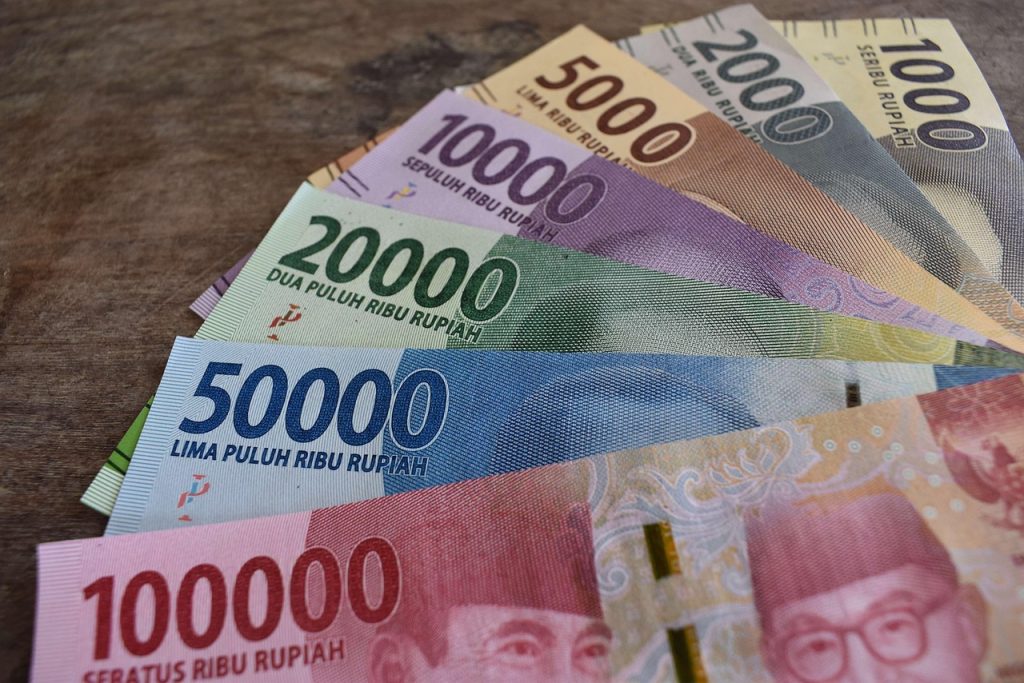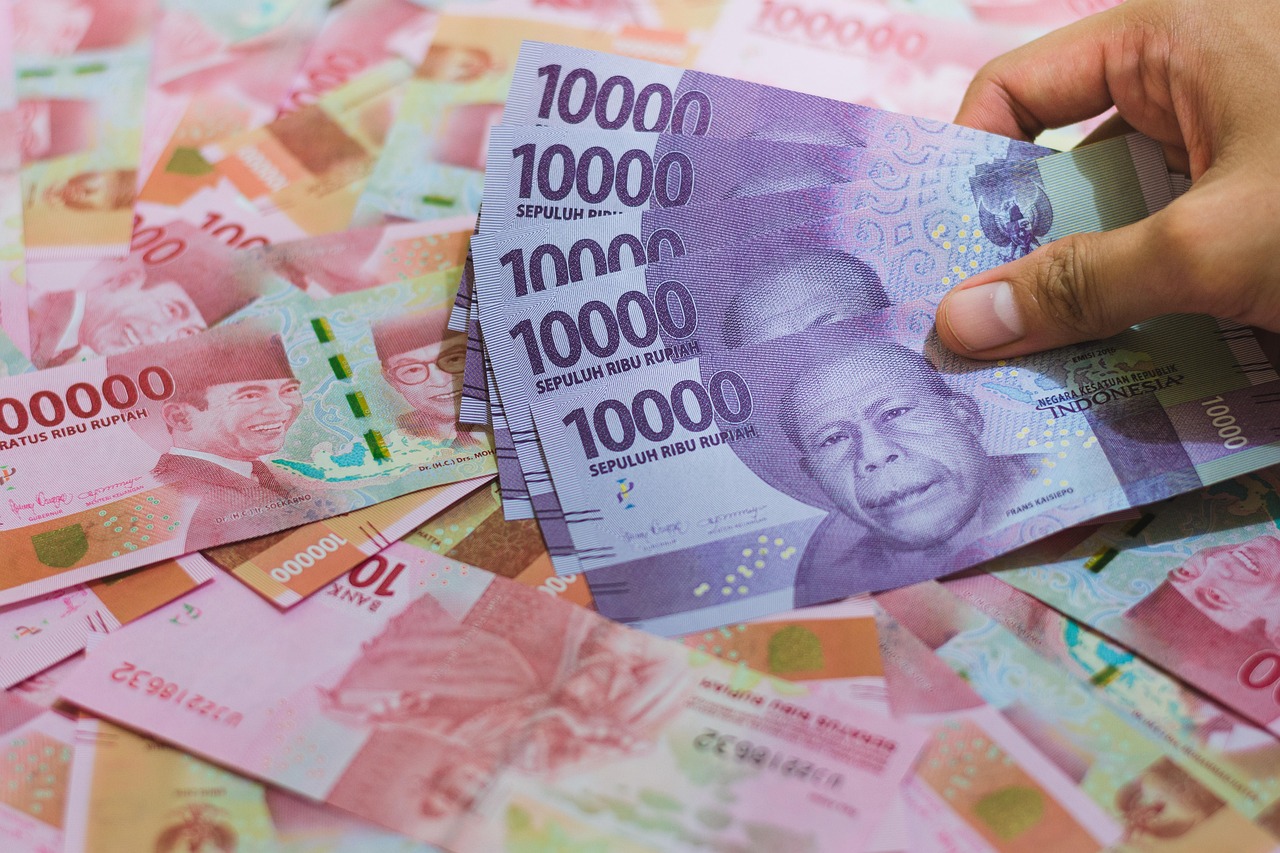The currency of Indonesia is the Indonesian Rupiah (IDR), which is officially issued and regulated by Bank Indonesia (BI), the country’s central bank. Represented by the symbol Rp, the rupiah has been Indonesia’s official currency since 1946, replacing the Dutch East Indies gulden. The currency is available in both coins and banknotes, with denominations ranging from smaller values, such as Rp100, Rp500, and Rp1,000 coins, to larger banknotes like Rp50,000 and Rp100,000, commonly used in everyday transactions.
Indonesia, the largest archipelago in the world, is home to a rich cultural heritage, diverse landscapes, and a thriving economy. As a key player in Southeast Asia, Indonesia has a unique financial system, with its official currency playing a crucial role in daily transactions, international trade, and economic stability. Whether you are a traveler, investor, or simply curious about the Indonesian economy, understanding the national currency is essential.
What is the Currency of Indonesia?
The official currency of Indonesia is the Indonesian Rupiah (IDR). Represented by the symbol “Rp” and the international currency code “IDR,” the rupiah is the sole legal tender in the country. The currency is issued and regulated by Bank Indonesia (BI), the country’s central bank. The name “rupiah” is derived from the Sanskrit word “rupyakam,” which means silver. The currency has gone through various transformations over the years, reflecting Indonesia’s economic and political history.
The History of the Indonesian Rupiah

The rupiah has a long and complex history, dating back to the colonial period. Before Indonesia’s independence, the region used multiple currencies, including the Dutch guilder, the Japanese invasion money during World War II, and local currencies issued by regional authorities.
- Pre-Independence Era:
- During the Dutch colonial period, the Netherlands Indies gulden was the official currency.
- During World War II, the Japanese occupation forces introduced their own version of the gulden.
- After the war, various regions used different currencies, including the Indonesian government’s first attempt at issuing a national currency.
- Introduction of the Rupiah (1946-1950s):
- The first official version of the Indonesian rupiah was issued in 1946 by the newly formed government.
- The Indonesian National Revolution (1945-1949) created financial instability, leading to multiple currency transitions.
- By the early 1950s, the rupiah became the unified national currency.
- Inflation and Currency Reforms (1960s-Present):
- Indonesia experienced hyperinflation in the 1960s, leading to a revaluation of the currency in 1965 (1 new rupiah = 1,000 old rupiah).
- Over the decades, the rupiah has gone through several devaluations, with government policies focusing on stabilizing the currency against economic fluctuations.
Also read: 17 Hidden & Famous Tourist Spots In Bali You Can’t Miss
Banknotes and Coins of the Indonesian Rupiah
The Indonesian rupiah is available in both banknotes and coins. Bank Indonesia periodically updates the currency designs to incorporate security features and cultural elements.
Current Banknotes:
The current series of rupiah banknotes was introduced in 2016 and features prominent Indonesian national heroes along with images of traditional dances and scenic landscapes. The denominations include:
- Rp1,000 – Depicts Tjut Meutia, an Acehnese freedom fighter.
- Rp2,000 – Features Mohammad Husni Thamrin, a nationalist political figure.
- Rp5,000 – Shows Dr. K.H. Idham Chalid, a religious leader.
- Rp10,000 – Depicts Frans Kaisiepo, a hero from Papua.
- Rp20,000 – Features Oto Iskandar di Nata, an independence movement leader.
- Rp50,000 – Shows I Gusti Ngurah Rai, a Balinese hero.
- Rp100,000 – Depicts Sukarno and Mohammad Hatta, Indonesia’s first president and vice president.

Current Coins:
Indonesia also issues coins in the following denominations:
- Rp100
- Rp200
- Rp500
- Rp1,000
Coins are primarily used for small transactions, but due to inflation, lower denominations have become less common in daily use.
Exchange Rates and Value of the Rupiah
The Indonesian rupiah is considered a weak currency compared to major world currencies like the US Dollar (USD), Euro (EUR), and British Pound (GBP). The exchange rate fluctuates daily due to economic conditions, inflation, and global market trends. As of recent years, 1 USD typically equals around Rp14,000 – Rp15,500, but this rate varies.
Factors Influencing the Rupiah’s Exchange Rate:
- Inflation Rate – Higher inflation leads to currency depreciation.
- Foreign Exchange Reserves – The amount of foreign currency held by Bank Indonesia affects stability.
- Global Commodity Prices – Since Indonesia is a major exporter of commodities like palm oil, coal, and rubber, fluctuations in global prices impact the rupiah.
- Foreign Investment and Trade Balance – The inflow of foreign direct investments and trade deficits/surpluses influence exchange rates.
How to Exchange Currency in Indonesia
Travelers to Indonesia can exchange foreign currency at various locations, including:
- Banks – Provide competitive exchange rates with reliable services.
- Money Changers – Widely available in tourist areas like Bali and Jakarta.
- ATMs – Most ATMs accept international debit and credit cards for cash withdrawals.
- Hotels and Airports – Offer currency exchange services, though rates may not be as favorable as banks or money changers.
Tips for Exchanging Money in Indonesia:
- Always use licensed money changers to avoid fraud.
- Check the daily exchange rate online before exchanging money.
- Avoid exchanging large amounts at airports, as they often have higher fees.
- Use ATMs affiliated with major banks to minimize transaction fees.
Also read: 10 Best Indonesian Dishes That Define The Nation’s Flavors
The Future of the Indonesian Rupiah
The Indonesian government and Bank Indonesia continue to work on maintaining financial stability and improving the strength of the rupiah. Some recent and future initiatives include:
- Digital Rupiah – Bank Indonesia is exploring the possibility of launching a Central Bank Digital Currency (CBDC) to modernize financial transactions.
- Economic Policies – Efforts to reduce dependency on foreign debt and boost domestic production.
- Tourism and Foreign Investment – Encouraging global investors to bring more foreign capital into Indonesia.
Conclusion
The Indonesian rupiah (IDR) is a vital part of the country’s economic framework, deeply rooted in history and continuously evolving to meet modern financial demands. While the currency has faced challenges, the government is actively working towards maintaining stability. Whether you are planning a trip to Indonesia or interested in global finance, understanding the rupiah will help you navigate transactions efficiently and appreciate the country’s economic landscape.

Alfath Dewantara is the manager of Jungle Inn Hotel in Bukit Lawang and a leading expert in Bukit Lawang eco-travel. With years of experience in sustainable tourism, he is dedicated to preserving the region’s rich biodiversity while providing authentic jungle experiences for visitors.




